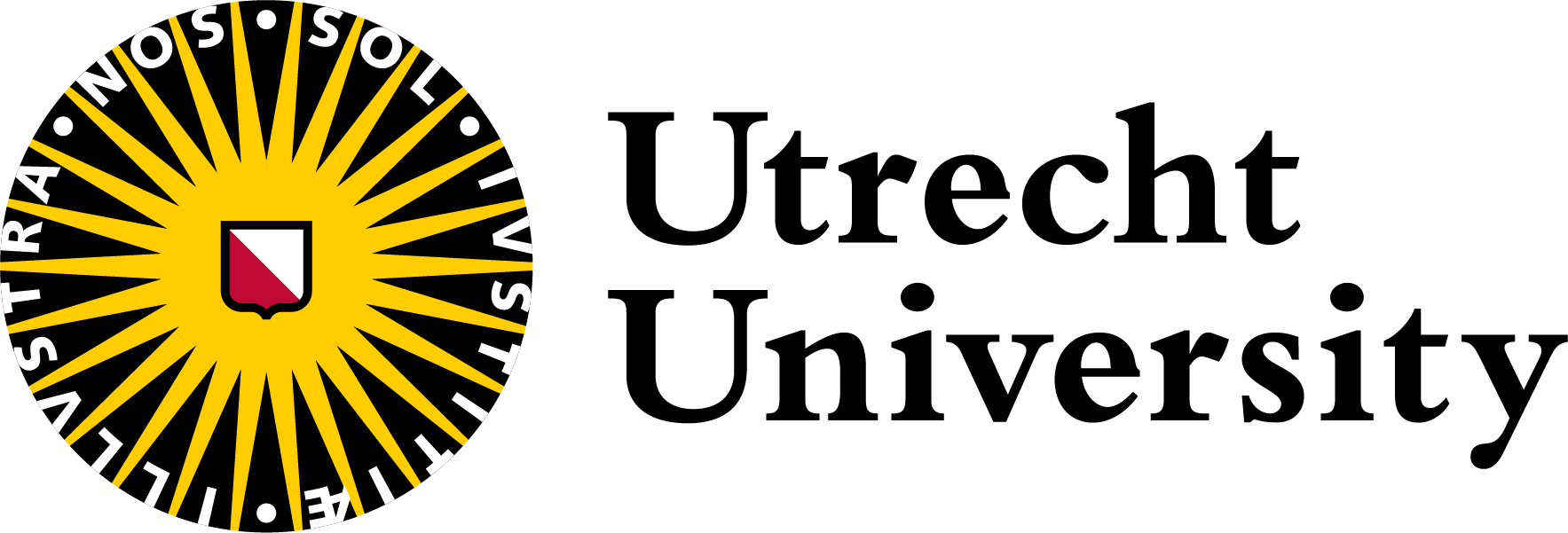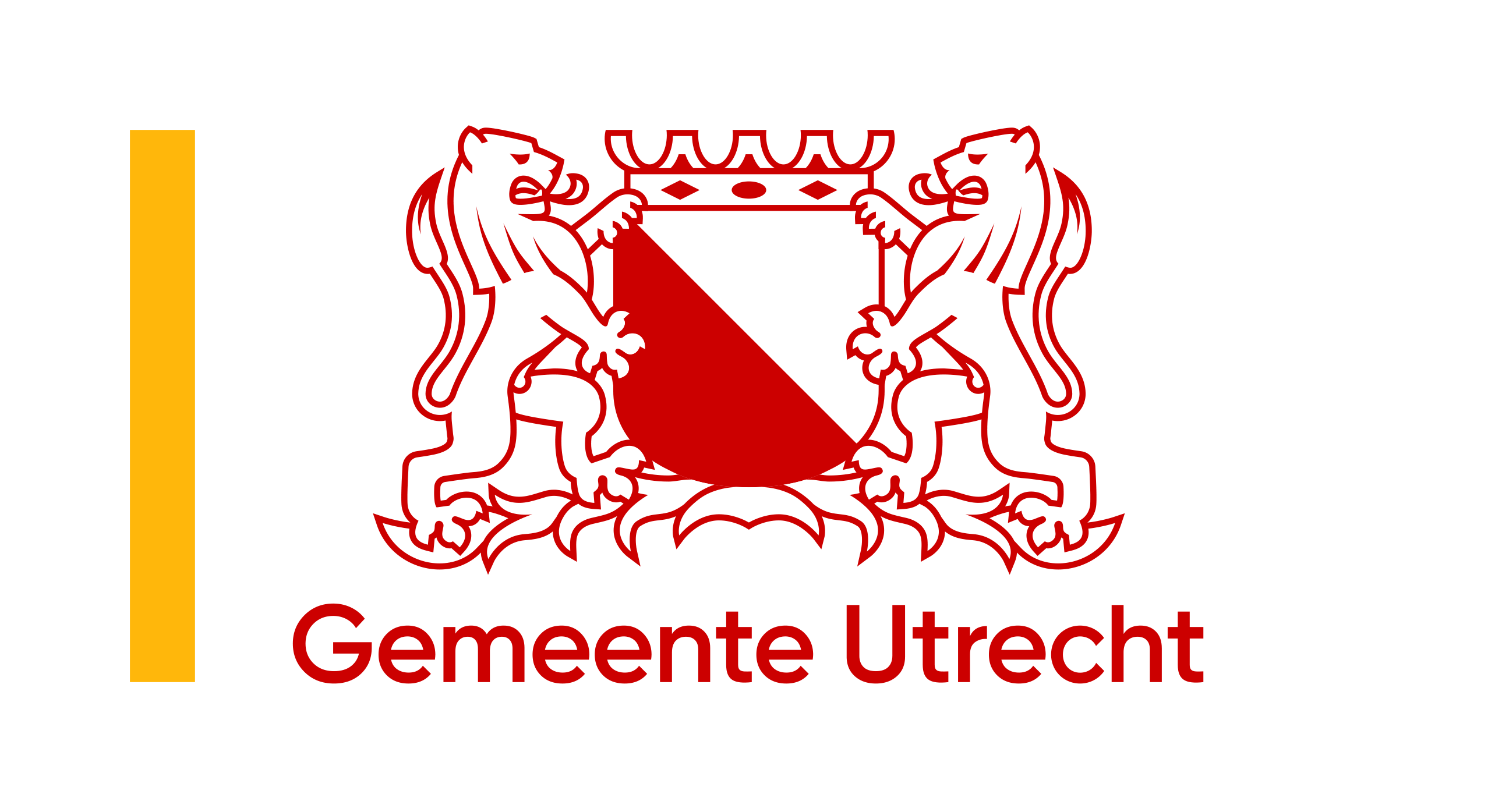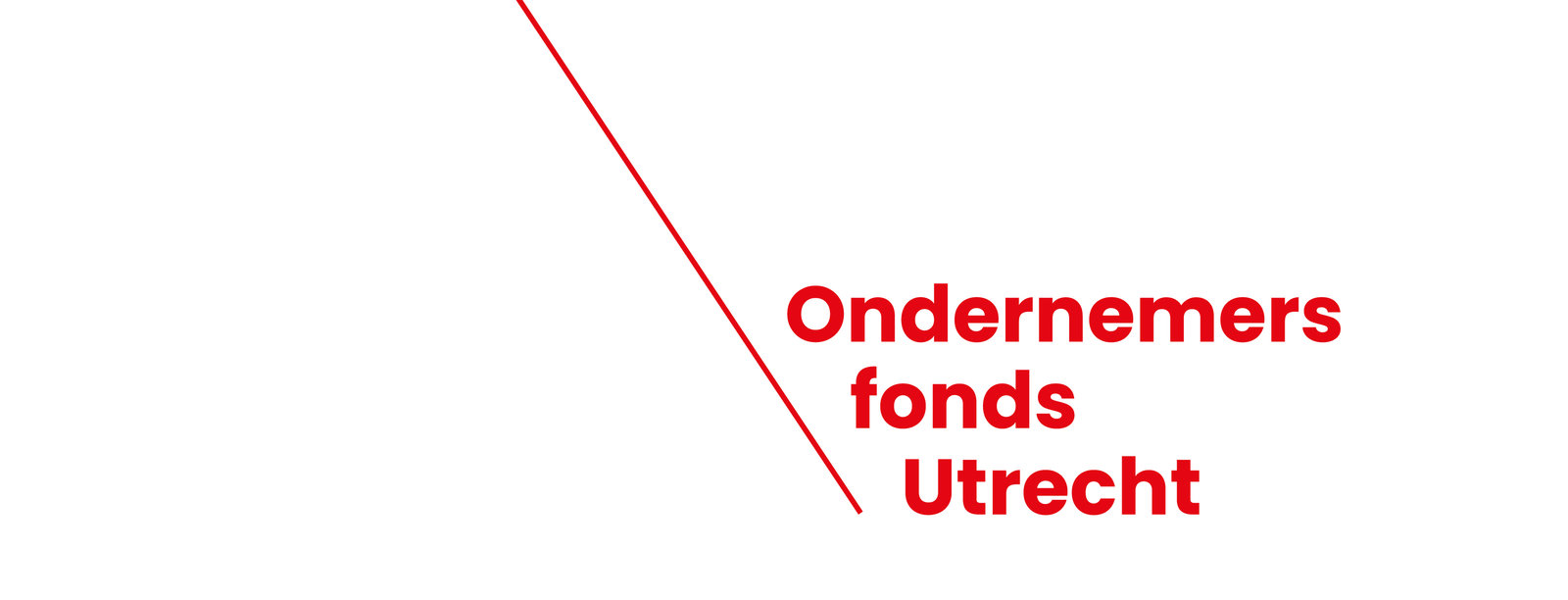HU students enable deafblind people to row thanks to vibrating vest
Esther (26) suffers from Usher's Syndrome, a hereditary, progressive disease that has made her deaf and blind. Thanks to the Running Blind foundation, and a buddy, she is able to run. Rowing club 'Het Sloepweesje' invited her to come and give rowing a try – but that turned out to bring new challenges. Challenges that a team of HU students were happy to take on as part of their study programme. ‘An assignment like that is different on paper than on the water.’

The Quest team tests the vibrating vest
The coxswain communicates the rowing pace to Esther by stamping on the bottom of the boat. However, this vibration is difficult to pick up when rowing intensively. Rowing a sloop well also requires the use of many other commands. They tried using an interpreter in the boat, who passed the commands on via touch, but that did not work well either. There had to be another solution, but what? Jane de Zwart, coxswain at Sloepweesje and teacher at MBO Rijnland, thought this would be a great assignment for her students. She put the question to TechnoHUB, which is committed to connecting education with professional practice. TechnoHUB did not mind being the client in this project. The students in prevocational secondary education conceived a wonderful solution, but the technical realisation proved a problem. TechnoHUB then contacted HU University of Applied Sciences Utrecht: could this be something for your students? That is how the project ended up on the Quest projects list of HU's Institute for Design & Engineering (IDE).
Quest?
In the third year of their studies, HU students in Electrical Engineering, Mechanical Engineering and Engineering Management learn to cooperate in multidisciplinary teams on Quest projects: practice-oriented projects, with real companies as clients. Assignments range from finding solutions to recycle plastic to multi-purpose sensors to…. devising a practical way of enabling deaf-blind people to row.
You offer guidance where necessary, but no more than that - Teacher Jelte Bos
At the oars
The students – Ramon Anbergen, Fred Kluvers, Kees Schluter, Roy van Uitert, Sjoerd den Breejen and Nigel van Logchem – came up with various solutions before arriving at the same conclusion as the students in prevocational secondary education: a vibration vest works best. This vest transmits commands to the wearer via eight built-in vibratory motors. It receives those commands directly from the coxswain, thanks to a robust, water-resistant remote control.
Before they could realise this idea, the team first visited Sloepweesje. Ramon: ‘An assignment like that is different on paper than on the water.’ How does it work in practice; what do you have to take into account? Everyone at Sloepweesje was very enthusiastic about our project, which was very motivating.’ To find out exactly what was needed, the students also tried rowing blindfolded. ‘That did not go very well,’ Ramon confesses. ‘Collin Eisema's help proved invaluable.’
Testing in practice
Like Esther, Collin suffers from Usher's Syndrome, but in his case, the disease is less advanced. He is the ideal test subject for the team. ‘I really enjoyed working with these guys. They were motivated to make a successful product. During the test, the commands could already be felt reasonably well. There is room for improvement, but it was only a prototype,’ Collin said. ‘In my community – I chair the Usher syndrome contact group – it was received very enthusiastically. I think this vest can really be of great value for people who are both visually and hearing impaired, allowing them to experience the freedom of sloop rowing.’

Tutor on the sidelines
This was the students’ first experience of multidisciplinary collaboration. ‘That offered interesting insights and challenges,’ says Ramon. ‘It became clear that we apply different methods and approach a subject differently. A valuable learning experience.’ Lecturer and supervisor Jelte Bos: ‘These projects test more than just technical skills. They are also about learning to collaborate beyond the boundaries of your own field.’ Jelte, who has a lot of practical experience of his own with his own consulting firm Contrivec: ‘As a teacher, you really do stay on the sidelines of such a project. You offer guidance where necessary, but no more than that. The students take the initiative themselves; they contact the client and other parties themselves. I didn't even see the client until the final presentation, and their enthusiasm and praise were incredible.’
Annewieke Baank of TechnoHUB echoes, ‘Students worked so hard on this, that was great to see – that's why I do this work. If, as a student, you can work on a real-life case, you are much more involved in what you are learning – and so you learn more.’
Passion project
Quest team member Sjoerd den Breejen is also enthusiastic, ‘The final results of many assignments end up in a drawer. Our product will not – it's actually going to be used, and that's very cool. You know what you're doing it for.’ Ramon: ‘I think it has become something of a passion project for us all. You can see that in the way we worked together – and in the result.’ That result, besides a well-functioning prototype, was a clear eight as the final mark.
However, that is not the end of the project. ‘We would like to take this prototype further. It would be great if we could help more people with it,’ Ramon explains. The team are still too busy with their studies to set up their own start-up. But what if they could find a company interested in marketing it? That would be wonderful. Anyone interested can contact Ramon Anbergen.
Source: Hogeschool Utrecht








